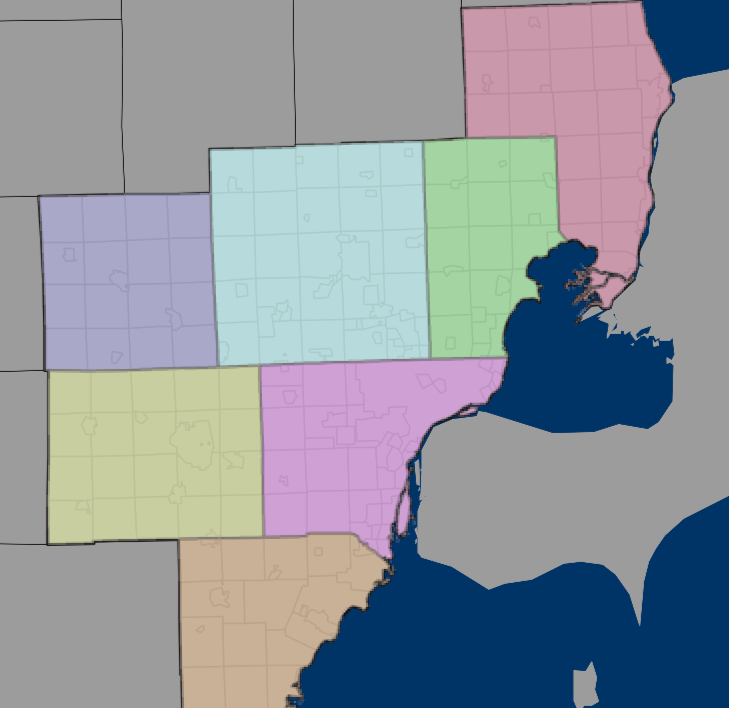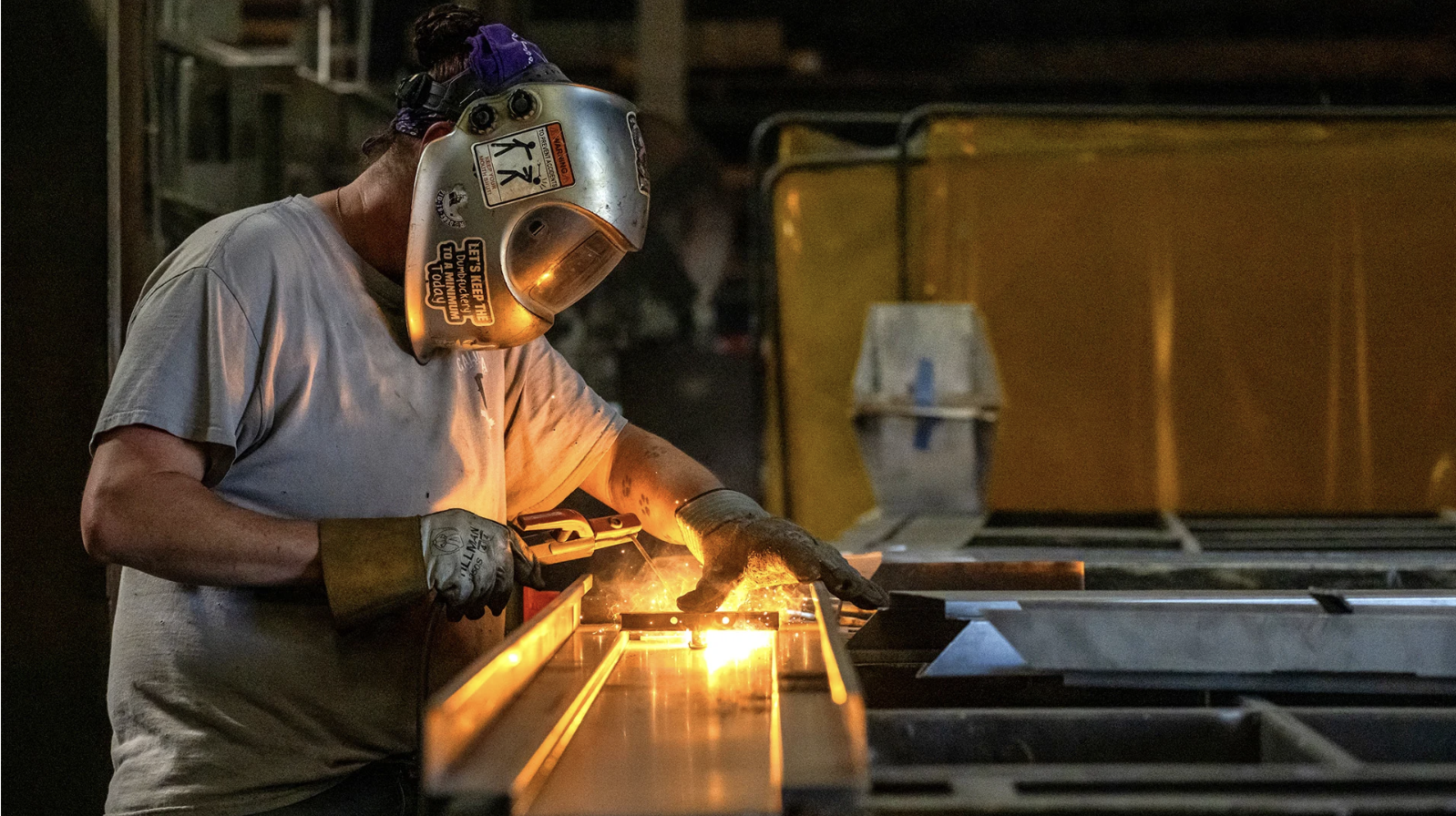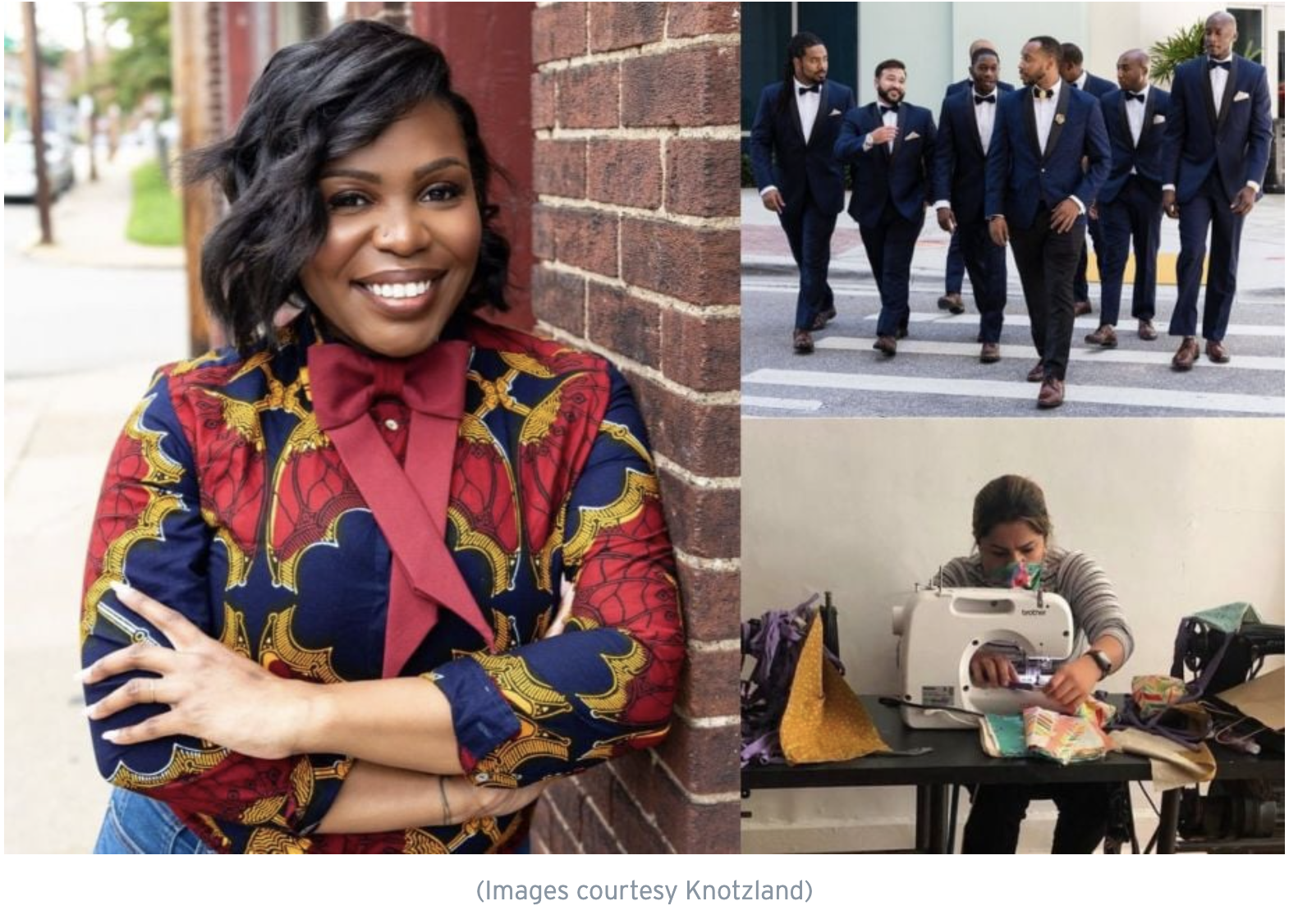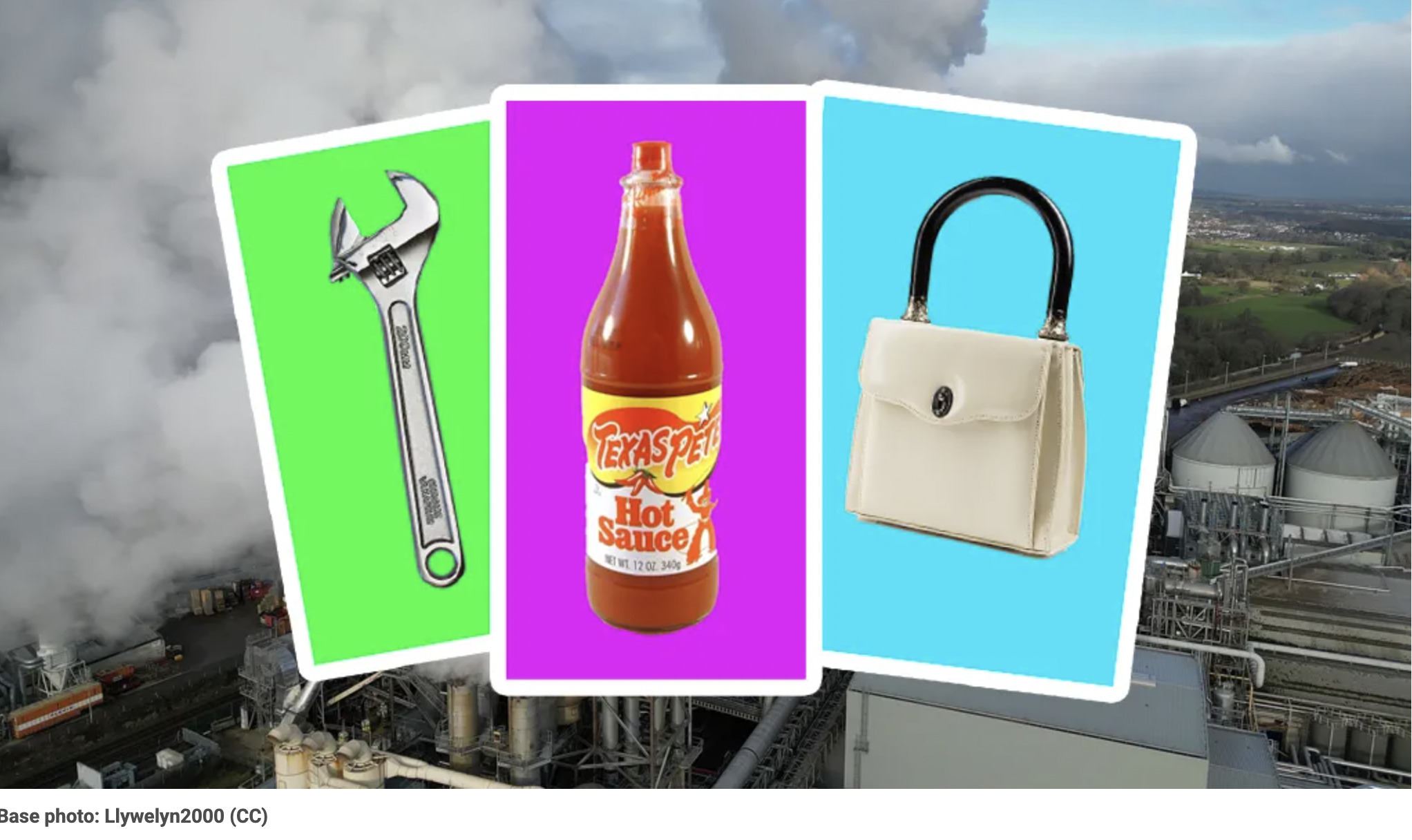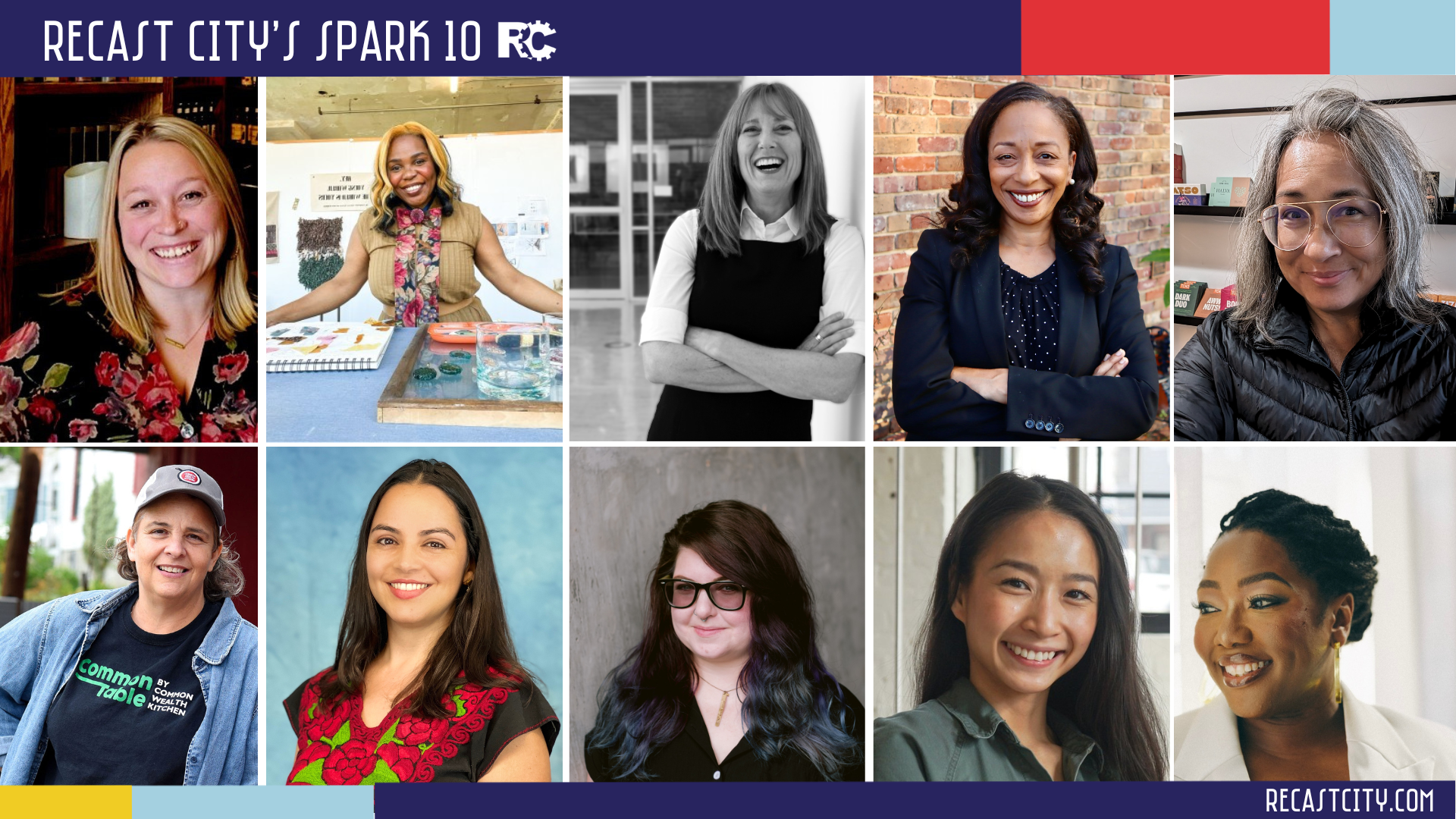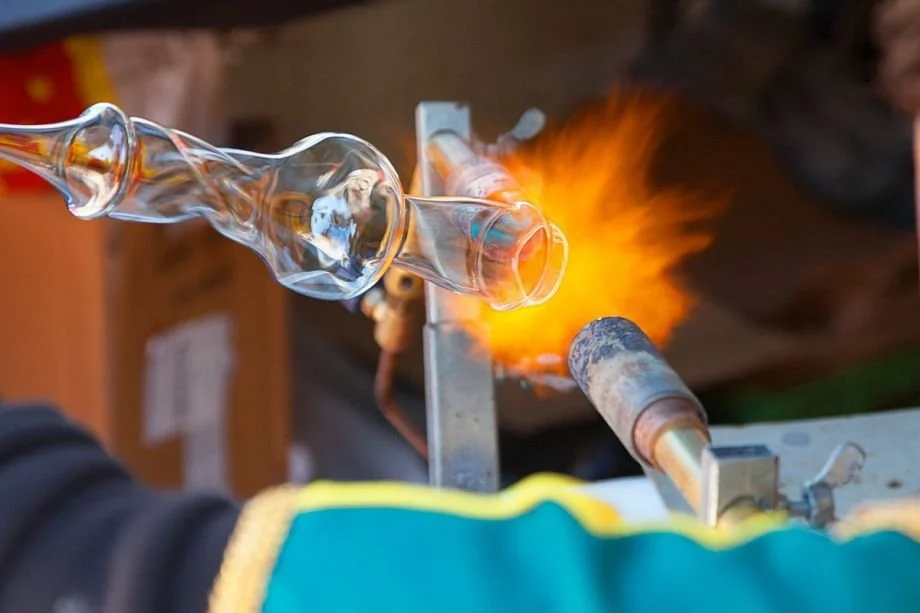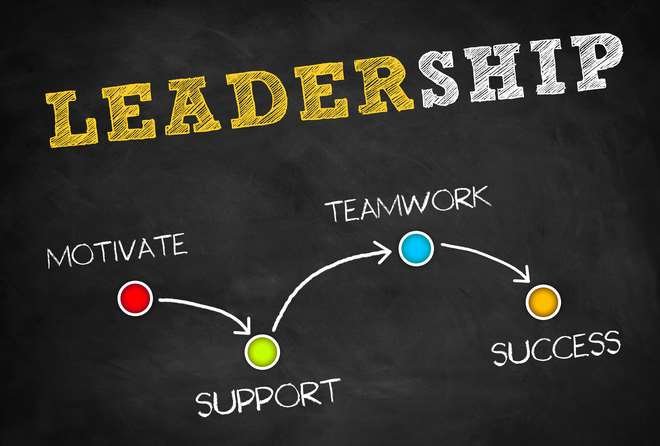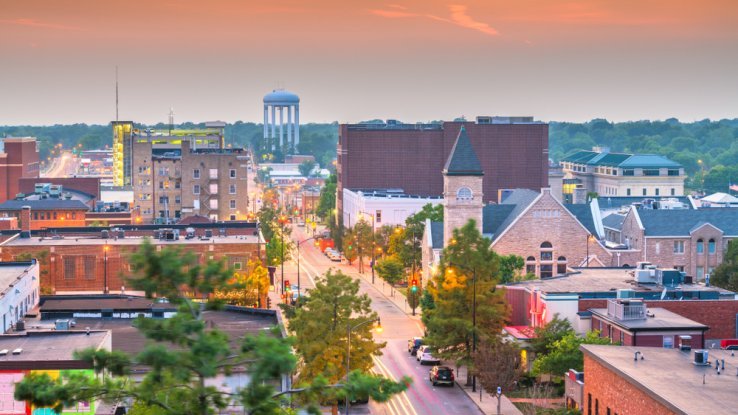Every community has something to learn and something to teach. Here are the latest opeds and blogs to help you take new steps TODAY.
The Blog
Podcast: Want More Domestic Manufacturing? Think Small. That’s the conclusion of Ilana Preuss, who is founder and CEO of Recast City and who believes that the way to bring back America’s Main Streets, downtowns, and local economies is through small-scale manufacturing.
Ilana Preuss, Founder & CEO of Recast City and a leading champion of downtown revitalization through small-scale manufacturing, announced today that Recast City has formed a collaboration with the Michigan Municipal League that will enable six Southeast Michigan cities to participate – at no cost to the cities – in a specialized program for downtown revitalization.
From Inc. Magazine: The quest to rebuild American manufacturing is now in full force. Large-scale manufacturing has been moving back into the United States for a number of years, and recent commitments suggest the numbers will continue to grow. But without robust pipelines and ecosystems to build up our entrepreneurship, workforce, and innovations—all of which depend on supportive small-scale manufacturers—we will see only short-term success in the effort to re-shore American manufacturing.
From Next City: During the spring and summer of 2025, we featured the SPARK10 winners in Next City through profiles about their work. Check out all of the articles - compiled here.
In the New York Times: Cities and small towns have tried to revitalize their downtowns by rolling back certain rules and requirements to help promote new developments and bring life to empty streets.
Now, they’re returning to an earlier era, when craftspeople such as food makers, woodworkers and apparel designers were integral parts of neighborhood life, and economic activity revolved around them.
Podcast: This week we’re joined by Ilana Preuss of Recast City to talk about small scale urban manufacturing. We discuss the commercial side of economic development, the types of jobs we are creating, and how to build community wealth in left behind places. We also talk about hot planning topics such as jobs housing balance, economic multipliers, and spreading the retail peanut butter too thin.
Podcast: One way to build local power is to catalyze change directly in your community. Another, equally important method is to catalyze the catalysts. To really make change and build sustainable local economies, we need not only entrepreneurs but also people connecting entrepreneurs to each other — someone to champion the local champions. There is solid proof that entrepreneurs fare better when connected to fellow entrepreneurs and mentors. That’s where today’s guest, Ilana Preuss, comes in.
From Governing Magazine: Our on-again, off-again trade wars have an underlying theme: that tariffs on imports will boost domestic manufacturing. The assumption is that more U.S.-based large-scale manufacturing, like auto plants, will quickly scale up, but that kind of manufacturing takes years to plan and build, and economic uncertainty undercuts the potential. The far greater opportunity lies in small-scale manufacturing, which can ramp up quickly and broadly…
Press Release: Ilana Preuss, Founder & CEO of Recast City and a leading champion of small-scale manufacturing in the United States, announced today the inaugural SPARK 10, a first-ever list of 10 women who are sparking catalytic change through small-scale manufacturing in communities across America. Each of these women has developed an innovative model to address community and economic development needs through small-scale manufacturing. Their work deserves wide recognition, as it provides opportunities for replication.
From Next City: Diversifying often implies attracting new industries by luring them from elsewhere – often a zero-sum game, if the industries are simply shifting locations within the United States. But diversifying can more effectively mean growing new businesses and industries locally, as Baltimore is proving. The city is building out the most robust support for small-scale manufacturing of any city in the nation — and data released earlier this year shows that Baltimore is setting a new standard that should be recognized.
From Inside Philanthropy: The 2-1 decision by a federal appeals court panel in American Alliance for Equal Rights v. Fearless Fund earlier this year raised legal questions about how philanthropies can address pressing issues of racial inequity and provide grants to Black women entrepreneurs. The subsequent dismissal and out-of-court settlement of the case, announced on September 11, still leaves much unanswered and many opportunities left to explore.
From Strong Towns: In this episode of The Bottom-Up Revolution by Strong Towns, Ilana Preuss joins host Tiffany Owens Reed to discuss the importance of small-scale manufacturing and her experiences as a city builder.
From Governing Magazine: New York and other cities are changing their zoning codes to allow clean, small-scale production in their commercial corridors. Opening up retail spaces to “artisanal manufacturing” has many benefits for communities.
From Next City: One of the long-term effects of the Covid-19 pandemic is the way it has transformed office use, threatening the viability of storefront retail in downtown office buildings. Owners of such commercial properties are now often exploring converting vacant retail space into restaurants and other experiential venues. But the range of alternative options needs to be expanded – and small-scale manufacturing offers a proven, yet often overlooked, solution.
From New York Daily News: Mayor Adams celebrated on March 6 the New York City Planning Commission’s approval of his “City of Yes for Economic Opportunity” proposal, which now proceeds to full City Council consideration on April 8. It is the largest overhaul of the city’s commercial and manufacturing zoning in 60 years, and it holds great promise for all New Yorkers. That’s because it allows small clean production businesses in commercial corridors in all five boroughs for the first time, and that will benefit everyone.
Reflecting on this past year, small businesses, downtowns, and what makes it all work (or not), I’ve been thinking about what we’ve learned. We can all admit, it’s been a weird year. Interest rates are up, spending in small businesses seem to be down, the pandemic is not the core conversation, but its impacts are definitely still lingering on our local economies.
The time is now for companies to take an active role in the future of downtowns – for the sake of their employees, their bottom line, and brand allegiance.
Revitalizing America’s downtown and neighborhood retail districts is a major challenge in the wake of the COVID-19 pandemic, as is creating more equitable business growth. Two Black-owned businesses in Atlanta are advancing innovative urban development models that recognize the need for creative spaces to intentionally promote more equitable retail growth.
One of the most visible scourges of the COVID-19 pandemic is the vacant storefronts in downtown business districts throughout the United States. Our downtowns had suffered from commercial vacancies long before the pandemic, but COVID-19 expanded the problem dramatically. As the nation emerges from the pandemic, it’s time to focus on revitalizing our downtowns by filling those debilitating vacancies.
The COVID-19 pandemic caused massive retail vacancies in downtowns across the United States. These vacancies are hard enough to fill in previously thriving urban areas, let alone in already struggling Rust Belt areas and small cities. Yet Euclid, Ohio—a majority-Black Rust Belt city of 47,000 people, located on Lake Erie just east of Cleveland—is testing a creative approach to filling its vacant storefronts and paving the way for business districts of all sizes to recover and grow from within.
Research recently published by Harvard Business Review finds that entrepreneurship has the power to revitalize impoverished communities — if policymakers shift their focus away from venture capital-style, “scaling up” investing and instead design programs that help neighborhood businesses in “scaling deep.” My experience, working with small cities and towns across America, supports that finding and offers lessons for any community looking to build a resilient, home-grown economy.
Yes, I was up at 2am. It happens. I was thinking about the jobs we choose and the roles we serve in our cities. Why 2am? Who knows. Here is where I landed with that middle of the night thinking… What does it mean to choose our cities? Why do we opt to work with or for our city of choice? What are we each working to achieve? Why do we do this work?
America’s downtowns were struggling before the COVID-19 pandemic — with vacant storefronts common, especially in formerly industrial communities and smaller rural cities. Now they’re common in business districts across the country, too. It’s time to bring our downtowns back to life by making small-scale manufacturing a zoning priority — to increase business growth, add needed vitality, and enhance racial equity.
Holiday pop-up markets have become a welcome annual tradition, as they festively attract shoppers to America’s downtowns and main streets in search of one-of-a-kind gifts, handmade crafts and decorations, local food and other unique treats. Their return to our cities and towns this year is cause for special celebration as we work our way through the COVID-19 pandemic.
Entrepreneurship has been a key element of building personal wealth since the founding of our nation, yet access to entrepreneurial opportunities remains highly inequitable – with Black Americans having far fewer opportunities than white Americans. But Baltimore, a city whose population is 62.3% Black, offers a model for the nation for diversifying economic opportunity. It’s a model that should be recognized and scaled nationwide.
As America continues its economic recovery from the COVID-19 pandemic, it must revitalize its downtowns and nearby neighborhoods. The nation also needs to create more opportunities for wealth-building among populations who have been historically excluded. The key is to prioritize small-scale manufacturing, and five cities are pointing the way for the nation.
When Pete Buttigieg was elected mayor of South Bend, Indiana in 2011, the city was typical of many across the American heartland. For decades, its downtown had been plagued with empty storefronts and vacant properties left to decay by absentee building owners. Major industries left large vacant buildings, and many landlords would only rent to "low-risk" national chain stores.
The distribution of federal funds to local communities under the American Rescue Plan, now underway, follows closely the designation of Juneteenth as a national holiday. This confluence provides a unique opportunity to invest in racial equity in downtown development that communities of all sizes nationwide should seize.
We’ve missed a lot of things in the last year and a half, but one of the things I miss most is street festivals. Whether a Caribbean carnival in a big city or a strawberry or tomato festival in a small town, street festivals always embody what makes a place thrive: people walking and relaxing, music playing, artists performing, families and friends coming together, the smell of food cooking, and vendors selling all kinds of colorful things.
When community leaders in Columbia, Missouri, first set out to revitalize The Loop, the prospects felt daunting. This stretch of Highway 40 serves as the entrance to Columbia but has been neglected for decades. Local small businesses were few, and struggling.
